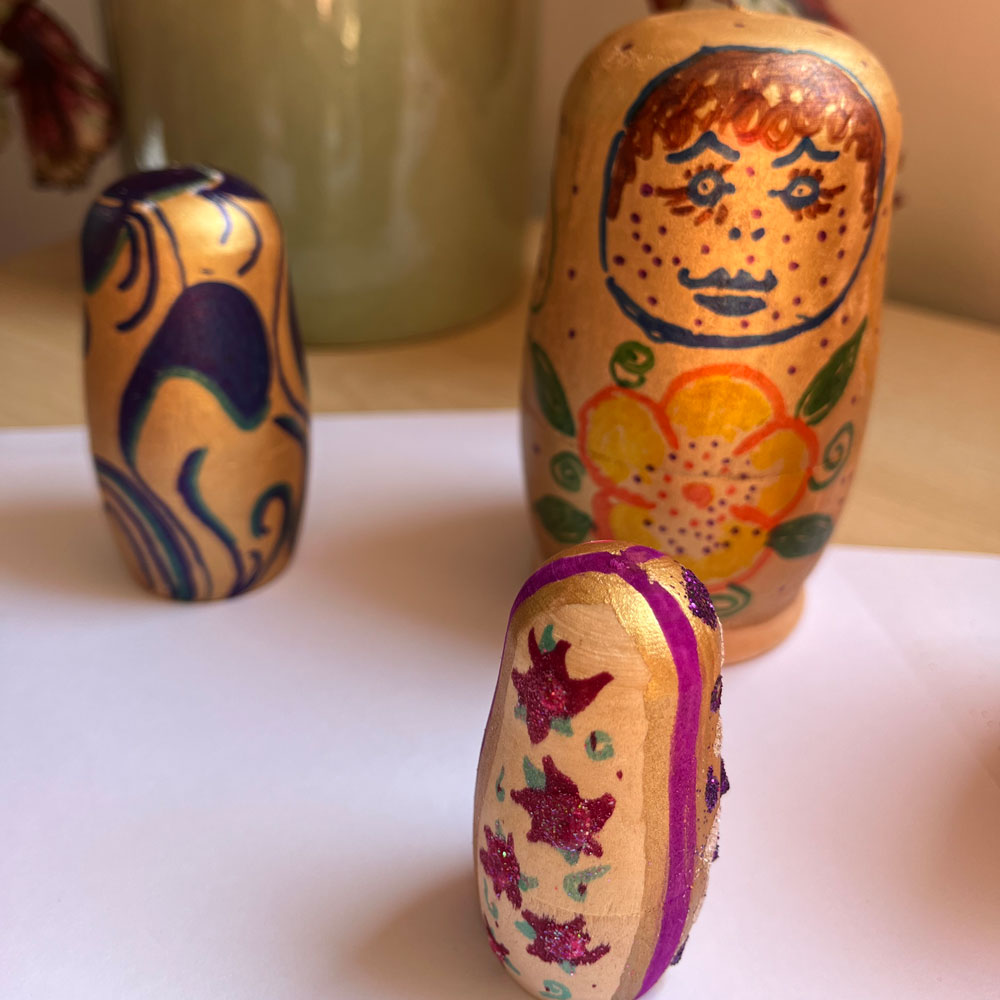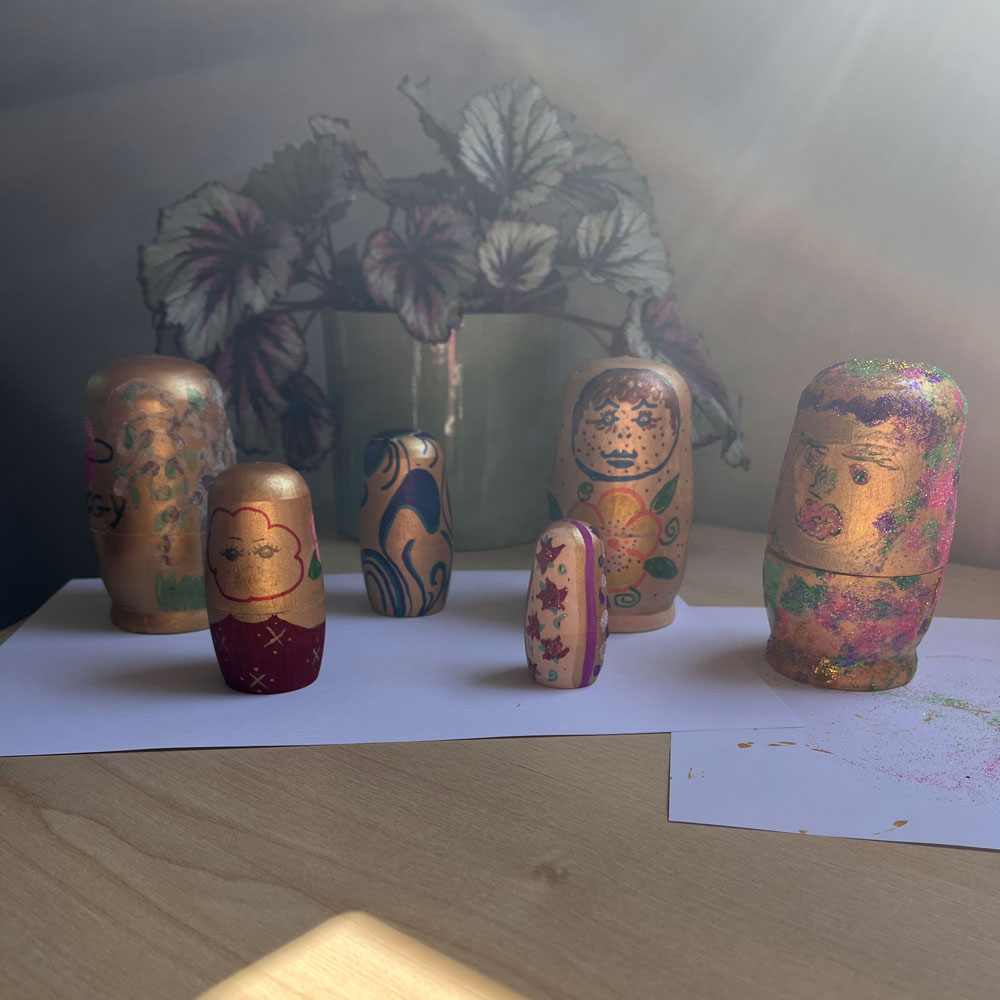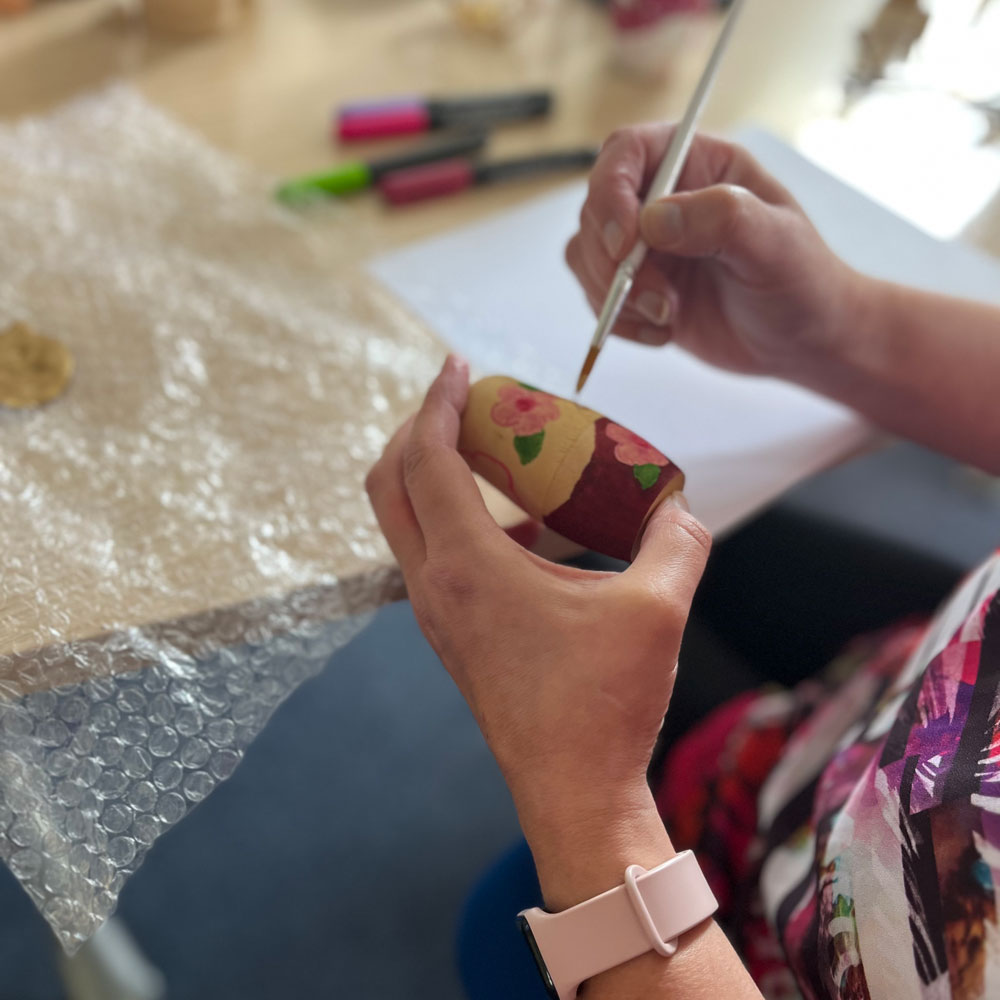Inner Child therapy is one of many different techniques we use when working with people. At the STAR retreat for our sexual trauma clients, we ran a workshop on Inner Child work. Carl Jung (1875-1961), was a psychodynamic psychiatrist who worked alongside Sigmund Freud. He developed the concept of The Inner Child Archetypes. Of which there are seven:
- The Wounded Child
- The Orphaned Child
- The Magical Child
- The Nature Child
- The Eternal Child
- The Needy Child
- The Divine Child
Adverse and traumatic experiences in childhood, known as ACES, can shape how we see the world. They can influence our perceptions of how we experience the world and the environment we live in. They can limit our ability to understand the reality of life and the way our lives change and evolve.

These distorted perceptions we inherited from childhood can be changed and altered. Understanding our inner child is important for self-healing, developing healthy interpersonal relationships, building self-worth, self-esteem and being kind to ourselves. It’s important to acknowledge and hear the inner child and validate their feelings. Re-parent your inner child, write a letter to your inner child. Reassure them that you are here for them. Allow them space to vent.


Matryoshka dolls
We used Matryoshka dolls to explore this concept with our clients. They were able to each create their own unique and individual inner child persona. We also danced, laughed, used words we were not allowed to use as children, and we sang. There were a few tears but hopefully these were cathartic rather than painful moments.
As counsellors, it’s always very rewarding to see clients experience freedom. Especially with people who have felt shackled for so long. It’s very humbling and reaffirming.
Although we remained person-centred in our approach, the creative process allows clients to focus more effectively on their own agendas. It allows for a positive impact on their ability to reflect on what they were experiencing/feeling.



